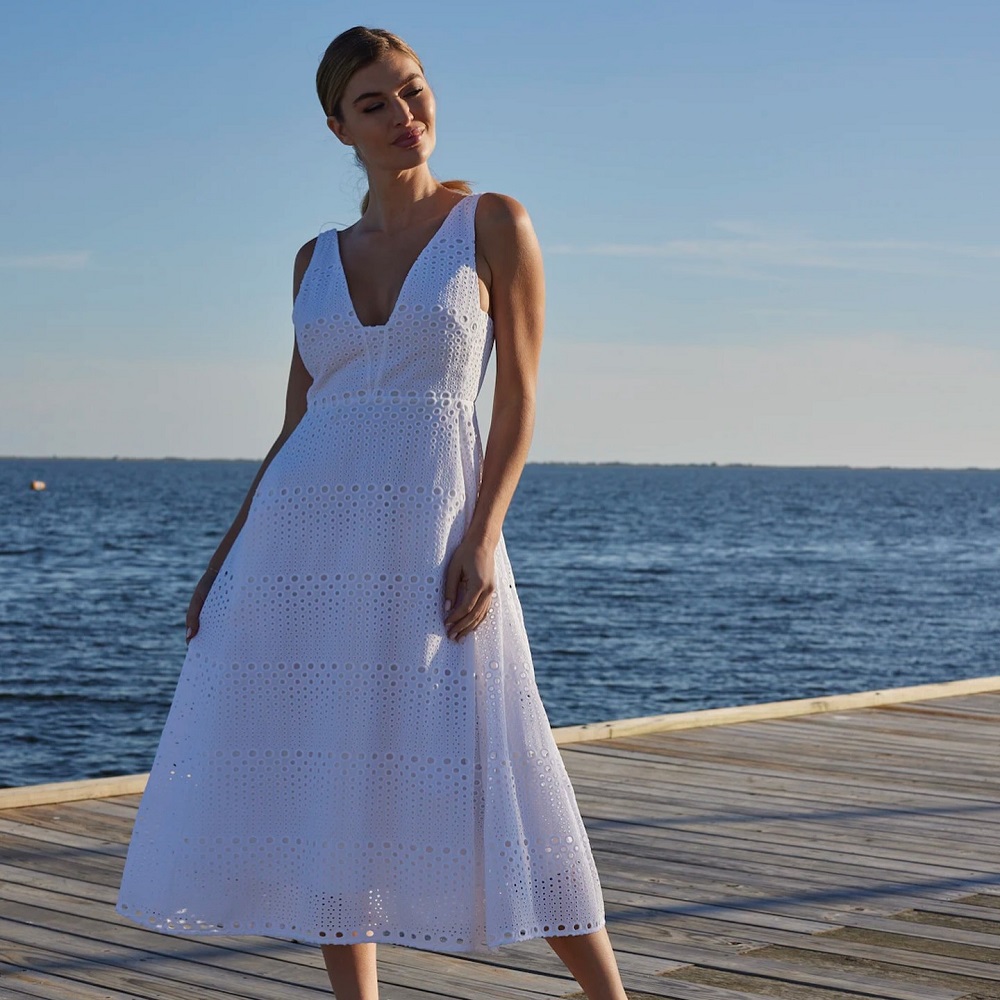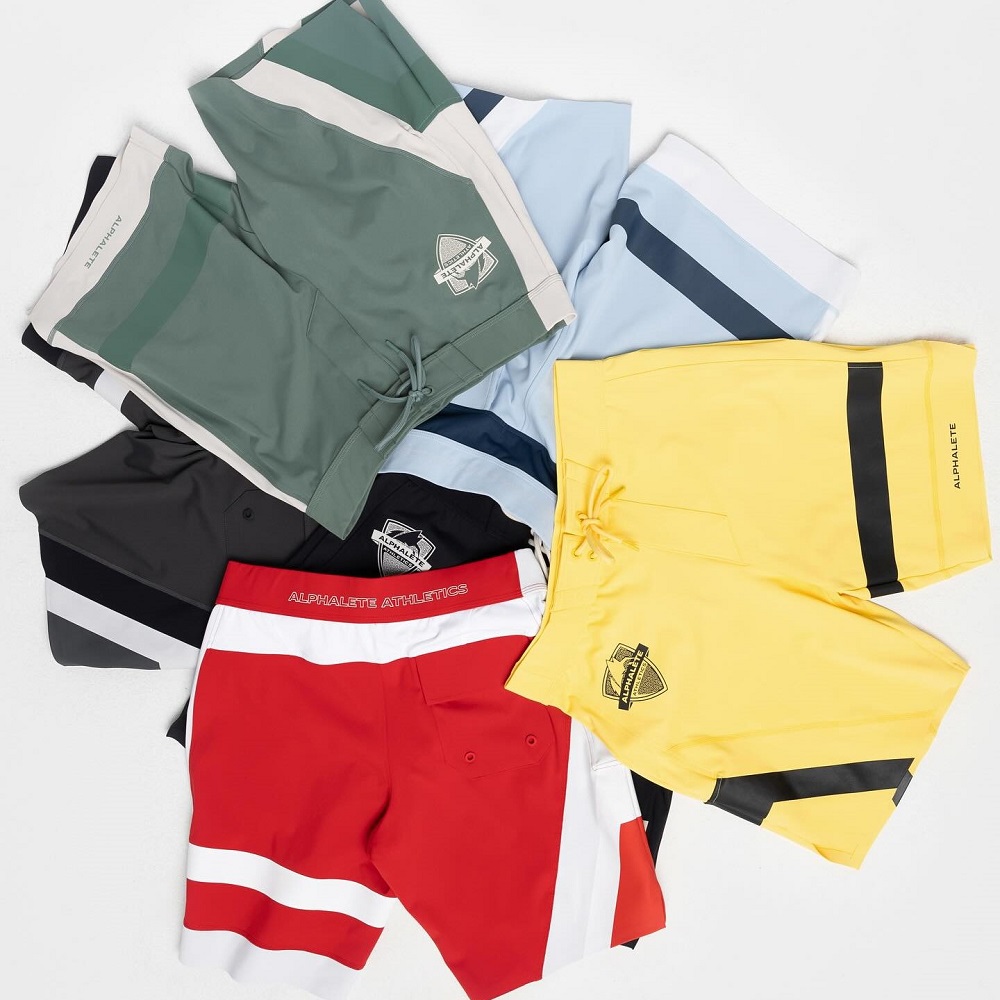What Are Crew Socks – Best Guide For 2023
Table of Contents
About Crew Socks
You may be the sort of person who walks into a store, purchases any socks that are up to your standards, before calling it a day. If this sounds familiar, you’re probably not well versed in the nuance of sock types and lengths. If you’ve ever pondered the question, what are crew socks, this article is for you.
‘Crew’ is one of many lengths of socks, and crew socks typically reach just below the calf muscle. They’re offered three types:
- Dress
- Casual
- Athletic
There’s a high likelihood of crew socks sitting in your drawers at this very moment. Let’s jump right in, with everything you could possibly want to know about crew socks.
History of Crew Socks
The term ‘crew sock’ surfaced in public in 1948, the year it was added to the dictionary. The name is based on military regulations, specifically naval. The yeoman, a member of the United States Navy that performs administrative work, would order standard-sized garments for the ship’s crew. In other words, everyone on the crew would wear the same length of socks. These regulation standards were then made available to nonmilitary distributors after WWII. Hopefully this is starting to clear up the murky parts that led to your question, what are crew socks in the first place.
How Long Are Crew Socks?
Crew sock lengths can vary significantly across brands, though most are around 6-8 inches from the heel to the top of the cuff. They come in varying lengths, including the standard length crew cut, ¼ crew, and ¾ crew. You may be wondering, what is the difference between crew socks and ankle socks? Both are common cuts for casual socks, so they tend to get confused. Ankle socks are shorter than crew socks, as they only come up to the ankle. So let’s review the lengths of crews:
- ¼ crew (micro crew)
- ¾ crew
- Standard crew
Did you know that there are two standard lengths of crew socks? Crew socks also come in a smaller version called micro crew socks. You can think of them as mini crew socks, and some refer to them as quarter crew socks. Think of micro crew socks as an in-between, they’re shorter than classic crew socks, but they have length on the ankle sock, standing at 6” tall and reaching to mid-calf. This micro version is an excellent fit for high top shoes as it prevents chafing at the ankles. These socks are also an excellent selection for hotter days, and many hiking socks come in micro crew length.
The Most Popular Sock
Crew socks are everyday socks. They’re comfy, adaptable, versatile and utilitarian, the kind of item you grab for without thought, like your standard pair of underwear. Believe it or not, of all the socks you can name and pick from; crew socks are the most popular garment in the sock industry. Can you picture a crew sock? Sometimes we’re absent-minded about the items that give us the most regular use. Crew socks are generally ribbed at the ankles, and they are thick socks. Now, they ring a bell!
Materials in Crew Socks
What are crew socks made of? Typically crew socks are made from 100% cotton, but that standard has begun to shift slightly in the world of socks. Now, there are more cotton-polyester blends. Other synthetic materials, like spandex, are used as well. Nowadays, you can even choose fancy crew socks that are manufactured from wool and silk.
How We Get These Materials
Materials are more complicated than you think. It was a chemist named Joseph Shrivers who invented the synthetic spandex. He used his comprehensive chemical knowledge to bring the fiber to the shelf, which should make you feel like the wellbeing of your feet is in expert, academic hands! Spandex is produced by a process called dry spinning. Did you know that there is a crucial difference between spandex and polyester? Polyester can be synthetic or natural, but the synthetic version has more natural fibers.
Wool, as you well know, comes from the hair of animals, most often sheep. Sheep are sheared, and the yarn is spun. Cotton is another fiber, harvested from the fascinating cotton plant. Silk is where things get strange… Raw silk is taken from silkworms, which are dissolved in boiling water for the long silk fibers to be fed into a spinning reel. Who knew so much knowledge and hard work went into the manufacturing of our materials.
How Crew Socks Fit
If your foot falls into the bandwidth of the average market (size 8-12 men’s shoes), then the good old one size fits all crew sock will do the job. If your feet are larger or smaller, you should play it safe and look for a tailored crew sock. The last thing you want is a sock that chafes because it doesn’t fit the bed of the foot, or one that comes down while you’re on the go. You also don’t want to go too small with your sizing, or it will result in that uncomfortable red mark that you notice on your leg when you slip your socks into the laundry bin.
What Are Crew Socks Used For?
Do you know that in-between solution, the one that settles the dispute at the half-way line? That’s the crew sock. It stops its journey up the leg partway between the ankle and the knee, which makes it individual in its assets. It’s the every-man stape sock of compromise. Crew socks have been worn for decades by men, women, and children. They are unifying in their purpose and application. They are used for casual wear, dress wear and active wear. Talk about a one-trick pony!
Crew socks are known for their ability to wick away sweat. Their technical material is what assists them in their performance. Often, crew socks are made with a blend that includes cotton, polyester, and spandex. Given that the foot produces more sweat than any other part of the body, the crew sock is a tremendous help to any active person.
Fascinating Foot Facts
To really appreciate the crew sock, take in these interesting tidbits about feet:
- Sweat glands produce approximately half a pint of perspiration each day
- 75% of Americans will experience foot problems at some point in their lives
- Human have nearly 8000 nerves in their feet
- About 5% of the US population has ingrown toenail problems each year
- About 5% of the US population has fungal foot infections each year
- The average adult takes 4,000 to 6,000 steps per day
- There are 250, 000 sweat glands in the feet
- The average person covers 100,000 miles in a lifetime
- The foot contains 26 bones, 33 joints, 107 ligaments, 19 muscles and tendons
It helps to keep the foot dry through long days, and it also helps to maintain a moderate temperature, whether warm or cold. As I mentioned, the crew sock is the middle man; it’s the best of both worlds. The polyester gives the sock strength, and the spandex gives it stretch.
Crew Socks For Your Deadlifts
What are crew socks used for, beyond controlling sweat? I bet there’s one excellent use that hasn’t crossed your mind before—weightlifting! First, their sweat-wicking effect makes them perfect for intense sessions of activity. Second, they will keep your shoes secure and snugly fitted. Most importantly, they will protect your legs.
What are crew socks supposed to protect your legs from? The scrapes and nicks you can get while deadlifting. If you are an amateur or a high-performance weight lifter, then crew socks are for you. Make sure that the crew socks come up a sufficient length and are an excellent thickness to protect your shins. Crew socks will also look stylish with your gym ensemble, as they work with any exercise shoe. Learn how to wash your dirty crew socks after the gym, so they’ll last longer.
Crew Socks and Shoes
We all know by now how versatile crew socks are, but as with every type of sock, there are certain shoes with which they’re an excellent companion.
| Crew Sock Use | Best Pairings |
| Casual wear | Chelsea boots, Chukka boots, sneakers |
| Dress wear | Oxfords, brogues |
| Active-wear | Running shoes |
| Weight lifting | Running shoes |
| Hiking | Hiking boots |
How Crew Socks Are Made
The process of producing socks is fascinating, and there are many steps involved in the process. If we want to answer the question ‘what are crew socks?’ it’s important to know how the socks are made:
- Socks are for the most part produced by a circular knitting machine (this means fewer seams are required).
- The machine works by creating a series of loops, creating a tube-like shape.
- The machine is patterned to a bitmap design, ensuring the colors and shape of the sock are consistent.
- When the tube is complete, the sock is closed off with a seam.
- The manufacturer may shape the sock on a metal frame, as the heat helps the socks retain their shape.
- Right and left socks are paired together using the machine’s coding system.
If socks are not machine-produced, they can be knitted by hand. We are not about to give you a knitting lesson, though. So there you have it!
Good Old Crew
Now that you know the answer to what are crew socks, you’ll never again peruse a department store sock section until you find that length you’re seeking. Crew socks have a long history, and that is because they are good at their job. They are effective at moisture-wicking, can be worn for almost any occasion or purpose and have a uniform application across all genders and ages. This makes them the universal sock, the go-to in your sock drawer, and your dependable old-faithful.








